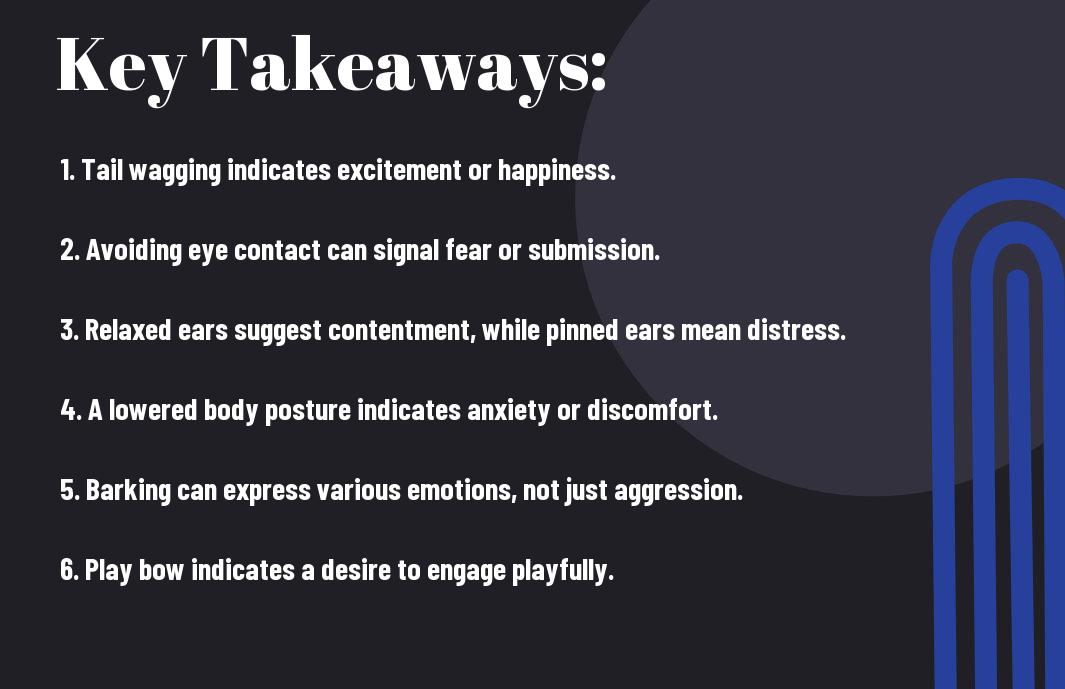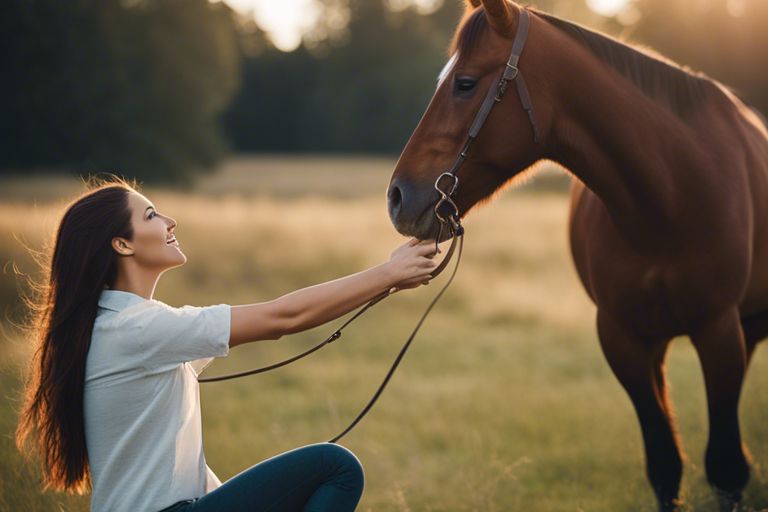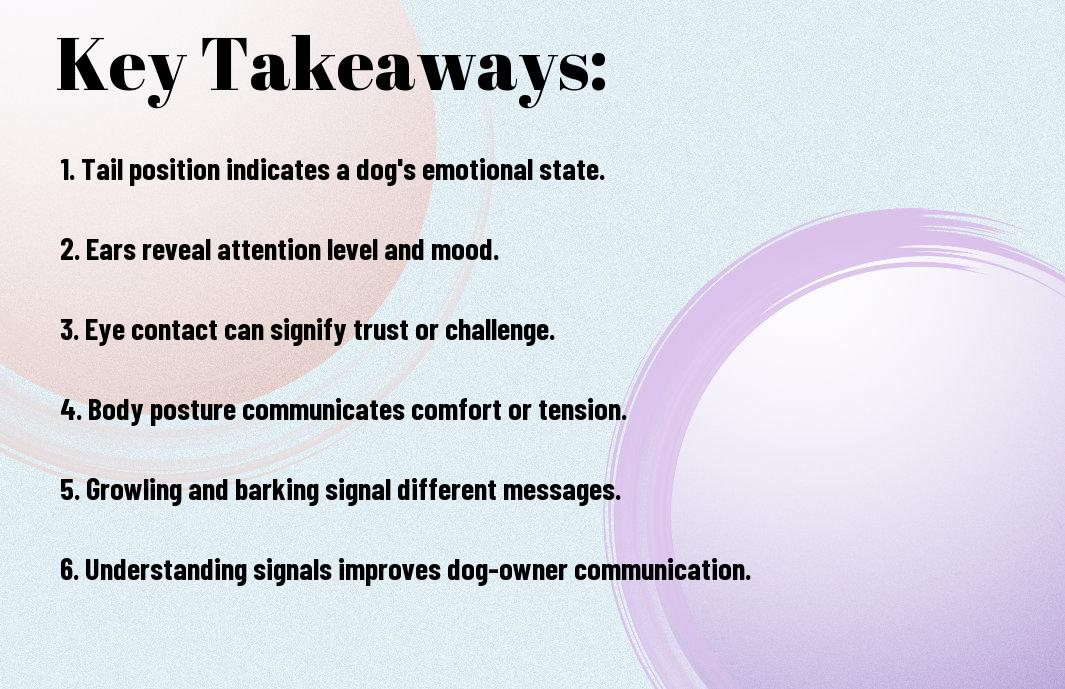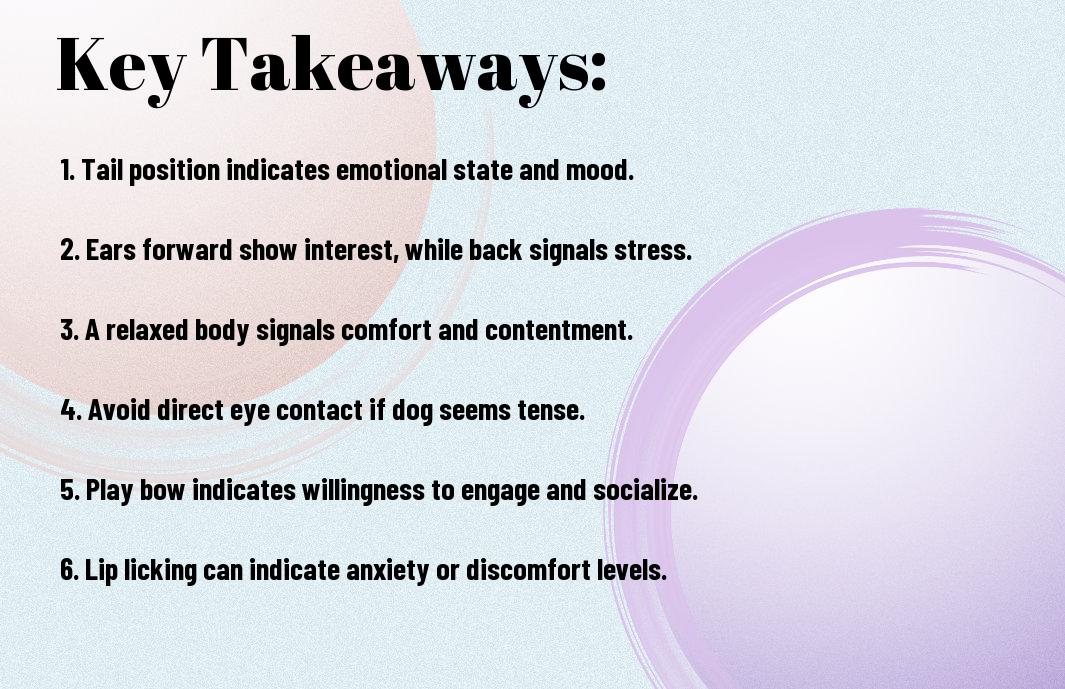Over centuries, humans have formed a unique bond with horses. Observing your horse’s behavior is necessary for a harmonious relationship. Your equine companion communicates through body language, sound, and actions. By understanding your horse’s cues, you can anticipate their needs, emotions, and even potential dangers. Let’s investigate into the fascinating world of horse behavior and decode what your horse’s actions are telling you.


Horse Communication
Before delving into understanding your horse’s behavior, it’s necessary to comprehend how horses communicate with each other and with humans. Horses use a combination of vocalizations, body language, and physical interactions to express their emotions and intentions.
Vocalizations
To understand your horse better, pay attention to their vocalizations. Horses use sounds such as whinnies, nickers, snorts, and squeals to communicate various messages. For instance, a high-pitched whinny can indicate excitement or distress, while a soft nicker may express contentment or affection towards you.
Body Language
Vocalizations are just one aspect of horse communication; body language plays a significant role in expressing their feelings and moods. For instance, pinned ears, swishing tail, and bared teeth are signs of aggression or discomfort, signaling that you should proceed with caution. On the other hand, relaxed ears, soft eyes, and a gently swaying tail indicate a calm and content horse.
Reading Horse Posture
Some of the most important ways to understand your horse’s emotions and intentions are through their body language and posture. By paying attention to how your horse carries themselves, you can gain valuable insights into their state of mind.
Ears Forward
Horse ears forward are a sign of alertness, curiosity, and interest. When your horse’s ears are perked forward, they are attentive and engaged with their surroundings. It indicates that they are focused on something specific, whether it’s a sound, a sight, or even you. This posture is often seen when a horse is exploring a new environment or interacting with other horses.
Ears Back
Horse ears back signal negative emotions such as anger, aggression, or discomfort. When your horse pins their ears back flat against their head, it is a clear warning sign that they are feeling threatened or irritated. This posture is a way for the horse to communicate their displeasure or assert dominance over another horse or person.
Posture is a key indicator of how your horse is feeling, and understanding their body language can help you respond appropriately to their needs and emotions. By observing your horse’s ears, you can have a better idea of their mental state and establish a stronger bond based on mutual trust and understanding.
Tail Swishing
Ears pinned back and a swishing tail are signs of a horse in distress or agitation. Tail swishing is a way for horses to express irritation, discomfort, or anxiety. If your horse is swishing their tail vigorously or constantly, it may indicate that they are feeling stressed or frustrated. This behavior can also be a warning sign that your horse is unhappy with their current situation or environment.
Plus:
Remember to consider your horse’s overall body language and any other signs of discomfort or stress when interpreting their behavior. It’s imperative to pay attention to the context in which these postures occur to get a more accurate understanding of what your horse is trying to communicate.
Identifying Emotional States
Once again, understanding your horse’s behavior is crucial in building a strong bond and effective communication with them. By learning to identify their different emotional states, you can better respond to their needs and ensure their well-being.
Fear and Anxiety
Anxiety is a common emotional state in horses and is often triggered by various factors such as loud noises, sudden movements, or unfamiliar environments. When your horse is anxious, they may exhibit signs like restlessness, pinned ears, wide eyes, or increased alertness. It’s important to address the source of their anxiety and provide reassurance to help calm them.
Aggression
Any display of aggression in your horse, whether towards other horses, animals, or humans, should not be ignored. Aggressive behavior can be dangerous and is usually a sign of fear, pain, or dominance issues. It’s imperative to address the underlying cause of the aggression and seek professional guidance to correct this behavior.
Contentment and Relaxation
The sight of a content and relaxed horse is a rewarding experience for any horse owner. When your horse is content, they will exhibit relaxed body language, such as soft eyes, ears pointed forward, and a lowered head. Creating a safe and comfortable environment for your horse will promote feelings of contentment and relaxation.

Social Behavior
After observing your horse in its natural habitat, you can start to decipher much about its behavior. Horses are highly social animals, living in groups called herds. Understanding your horse’s social behavior can provide valuable insights into its actions and reactions.
Herd Dynamics
To comprehend herd dynamics, it’s necessary to recognize that each member of the herd has a specific role. Within the group, there is a hierarchy, with a lead mare and a dominant stallion often at the top. Hierarchy helps maintain order and structure within the herd, ensuring everyone knows their place and responsibilities, contributing to the overall well-being of the group.
Dominance and Submission
With dominance and submission, horses communicate through body language, gestures, and vocalizations. Dominance is not about aggression but rather about establishing leadership and maintaining the herd’s balance. Submission is a way for horses to show respect and deference to a higher-ranking herd member.
For instance, a dominant horse may display its stance by holding its head high and making direct eye contact, while a submissive horse may lower its head and turn its hindquarters towards the dominant individual. Understanding these behaviors can help you interpret your horse’s interactions with other equines and with you.
Grooming and Affection
Herd animals like horses use grooming as a way to bond and show affection within the group. By grooming each other, horses strengthen social bonds, reduce tension, and establish trust. Grooming also serves as a form of relaxation and can help alleviate stress and anxiety.
Understanding the role of grooming in your horse’s life can aid in strengthening your bond and trust with them. When your horse engages in grooming behaviors with you, it’s a sign of acceptance and closeness, reinforcing your relationship and creating a deeper connection.

Recognizing Needs and Wants
Now, let’s investigate into understanding your horse’s needs and wants through their behaviors. By paying close attention to their actions, you can decipher what they are trying to communicate to you.
Hunger and Thirst
For your horse, the need for food and water is fundamental. If your horse is pawing at the ground, nudging their buckets, or whinnying, they may be signaling that they are hungry or thirsty. It’s crucial to ensure that your horse has access to fresh water and a balanced diet to keep them healthy and content.
Comfort and Discomfort
Needs such as your horse’s physical comfort play a significant role in their behaviors. If your horse is constantly shifting their weight, swishing their tail, pinning their ears back, or exhibiting other restless behaviors, they may be experiencing discomfort. It’s crucial to address any potential sources of discomfort, such as ill-fitting tack or physical ailments, to keep your horse comfortable and happy.
Another indicator of discomfort in your horse is if they are standing in an unusual posture, such as repeatedly lifting a leg or shifting their weight asymmetrically. These subtle signs can help you identify and address any discomfort your horse may be feeling.
Boredom and Stimulation
To prevent boredom and ensure proper mental stimulation for your horse, provide activities that engage their mind and body. Signs of boredom in your horse may include repetitive behaviors like weaving, cribbing, or pacing. Introducing new toys, varying their routine, and offering opportunities for social interaction with other horses can help alleviate boredom and keep your horse mentally stimulated.
Thirst is a fundamental need for your horse. Ensuring that your horse has access to clean, fresh water at all times is crucial for their health and well-being. Dehydration can lead to serious health issues, so it’s crucial to monitor your horse and make sure they are drinking an adequate amount of water daily.
Horse Behavior and Human Interaction
Keep in mind that horses are highly sensitive animals that respond to your actions and energy. Your behavior and how you interact with your horse play a significant role in shaping their behavior towards you. Understanding how to communicate effectively with your horse is important for building a strong bond and trust.
Building Trust
One of the key aspects of building trust with your horse is to be consistent in your actions and handling. Horses thrive on routine and predictability, so **establishing a consistent** feeding and exercise schedule **is crucial**. By being reliable and predictable in your interactions, your horse will feel more secure and develop trust in you as their caretaker and leader.
Establishing Boundaries
Boundaries are important when interacting with horses, as they are herd animals with a strong hierarchy. **Setting clear boundaries** with your horse **helps** establish your role as the leader and **prevents** any confusion or miscommunication. For example, **maintain** a safe distance from your horse’s personal space, and **be assertive** when correcting undesirable behaviors to **show** them that you are in charge.
**Respecting your horse’s boundaries** is equally important. **Being mindful** of their body language and **listening** to their cues **will** help **you** understand **when** they are feeling uncomfortable or stressed. **By respecting their boundaries**, **you** **build** a foundation of trust and **mutual respect** in your relationship.
Avoiding Conflict
With proper communication and understanding, conflicts with your horse can be minimized. **Listening** to your horse and **responding** to their needs **in a timely** manner can **help** prevent **frustration** and **conflict**. **Being aware** of your own body language and emotions is **crucial** in **avoiding** misunderstandings that **could lead** to conflicts.
**Avoiding** physical punishments and instead **using positive reinforcement** techniques **will** foster a **harmonious** relationship with your horse. **Rewarding** good behavior and **patience** in challenging situations **will** **strengthen** your bond and **prevent** **possible** conflicts **from arising**.
Final Words
Conclusively, understanding your horse’s behavior is key to building a strong bond and successful partnership with your equine companion. By observing their actions and reactions, you can gain valuable insights into their emotions, needs, and communication style. Remember to approach interactions with patience, empathy, and a willingness to learn from your horse’s behavior. As you deepen your understanding of their cues and signals, you will foster a deeper connection and enhance the overall well-being of your horse.
FAQ
Q: How can I tell if my horse is stressed?
A: Signs of stress in horses include excessive sweating, pinned ears, rapid breathing, and restlessness.
Q: Why does my horse kick at the stall door?
A: Kicking at the stall door can indicate boredom, frustration, or a desire to be let out of the stall.
Q: What does it mean when my horse lays its ears back?
A: Ears laid back flat against the head usually signal aggression or irritation in horses.
Q: Why does my horse paw at the ground?
A: Pawing at the ground can indicate impatience, frustration, or discomfort in horses.
Q: How can I build a better relationship with my horse through understanding its behavior?
A: Spend time observing your horse’s body language, establish trust through consistent training, and respond to its needs and preferences to build a stronger bond.










